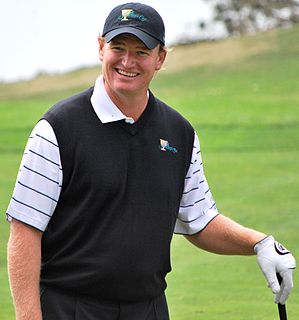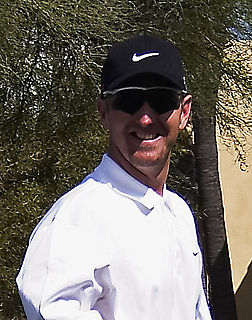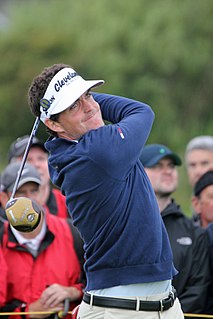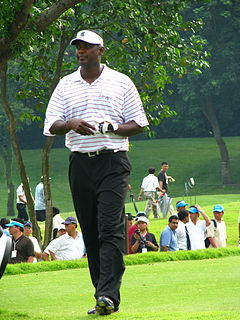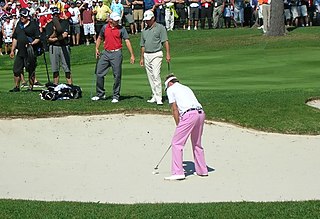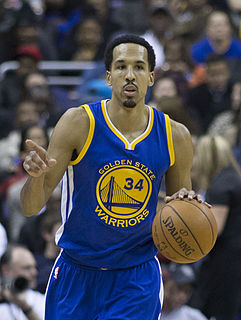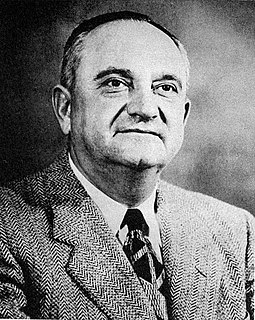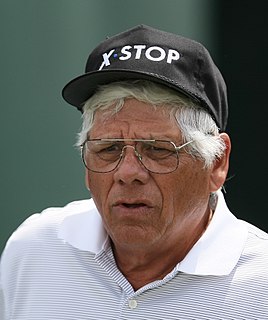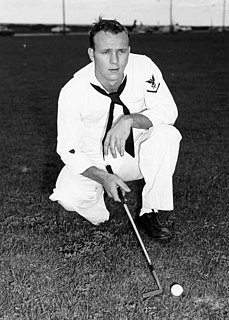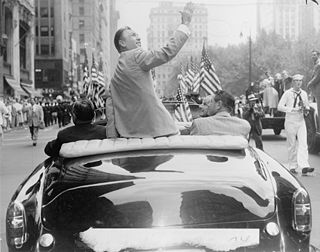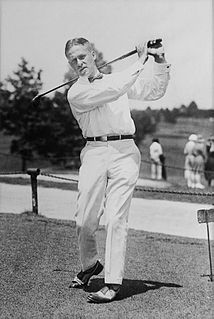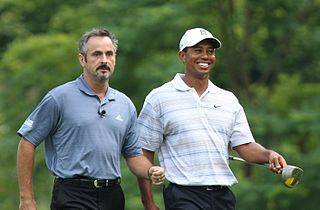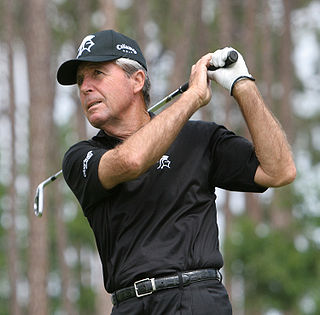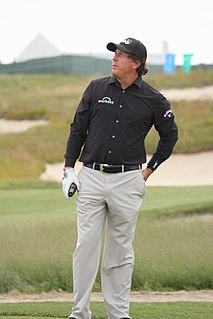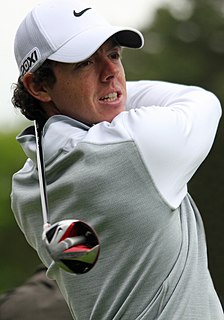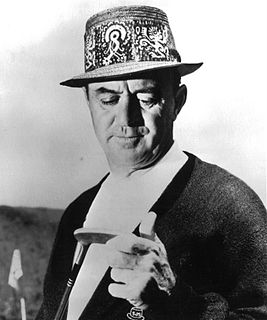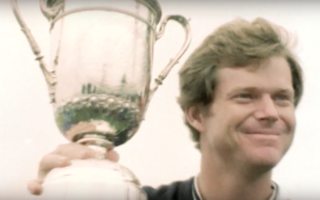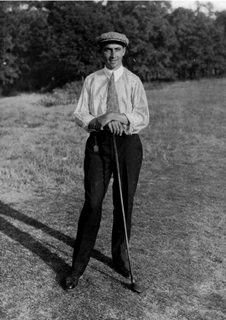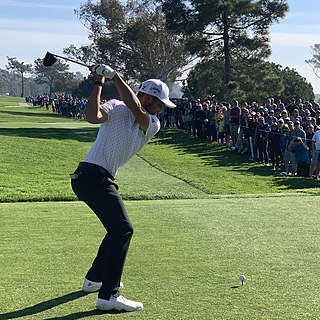A Quote by Ernie Els
Some players like to change clubs around the green to hit high or low shots. I play all of my short-game shots with my 54-degree sand wedge and change my ball position to hit it higher or lower. I think it's easier to learn one club than four.
Related Quotes
I build confidence when I practice a variety of shots - hitting it high or low, working the ball. A lot of golfers go to the range and just hit full shots. That doesn't build on-course confidence, because you won't always hit full shots out there. My confidence is built on knowing I can effectively work the ball in any circumstance.
I believe that good defense embodies seven cardinal principle: reduce the number of your opponent's shots; force your opponent into low percentage shots; control everything within 18 feet; eliminate second shots; no easy baskets; point the ball on all long shots; and prevent the ball from going into the pivot man.
The fun part of golf is the variety of shots. In football you can do anything with a ball, but you can do anything with a golf ball as well. When you hit a shot and the ball does exactly what you want it to do ... that's wonderful. It's just great when you hit the ball well. You should always try not to make the ball cry.
Golf is no longer a game of hitting the ball, finding it, and hitting it again. There is wind to be measured, whether that means tossing blades of grass in the air or studying the gentle movement of 60-foot high branches. There are caddie conferences for even the most routine shots. There are sports psychologists who tell players not to hit until they're ready.
